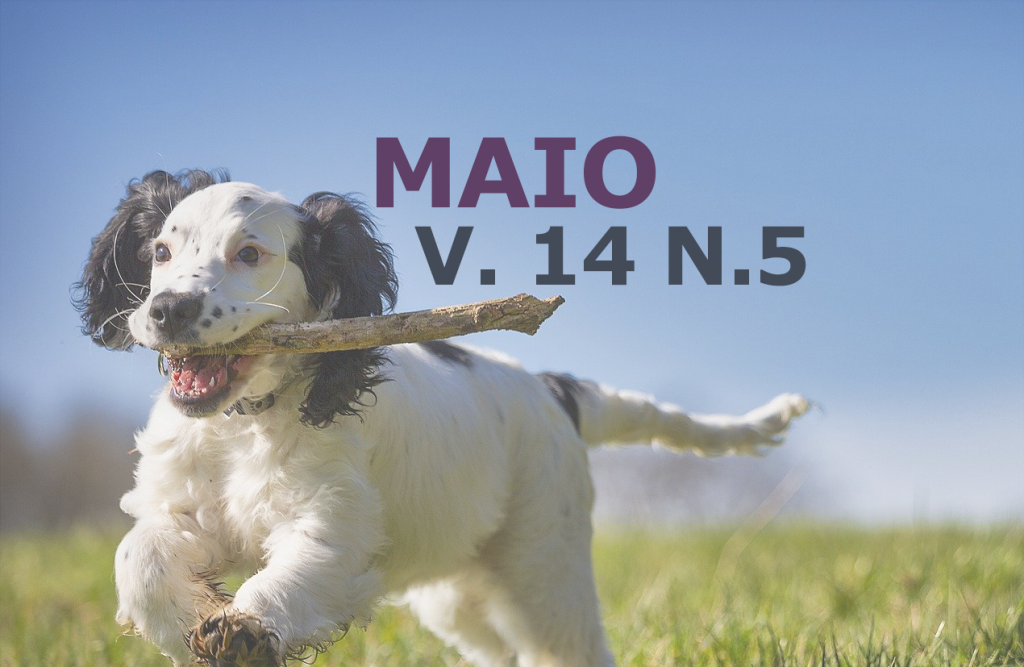Inappropriate urination in a domestic cat: Successful fluoxetine treatment
DOI:
https://doi.org/10.31533/pubvet.v14n5a567.1-6Keywords:
feline, unacceptable, urination, urineAbstract
Inappropriate urination in feline medicine embraces the behavior of domestic cats to urinate for no specific reason in undesirable places for their guardians. Cats with behavioral problems are two to six times more likely to be abandoned and many animals are euthanized. The aim of this paper is to report a case of inappropriate urination in a domestic cat, from which a satisfactory response was observed in pharmacological treatment with fluoxetine hydrochlorid. A male domestic breed, male, sterilized at six months of age, four years old, was taken for clinical care. The tutor's complaint focused on the elimination of urine in undesirable places, such as dog’s bed, sofa. Through history and anamnesis, it was found that the feline at the time of the consultation had a strictly domiciled habit of living and that such behavior of Inappropriate urination had started after moving to a new apartment. The owner used to live in a larger home where cats had peridomiciliated habits. Clinical examination, laboratory tests (blood count and serum biochemistry), blood glucose, feline leukemia virus (FeLV) antigen and feline immunodeficiency virus (FIV) antibody testing and feline abdominal ultrasound did not result in changes. Noteworthy. Thus, through the diagnosis of elimination related to primary environmental / social factors, environmental enrichment measures were adopted that did not result in a satisfactory response. Consequently, the pharmacological therapy was prescribed with fluoxetine hydrochloride at a dose of 0.5 mg / kg orally every 24 hours until further recommendations. The animal presented improvement during the first 10 days after the start of drug treatment and 12 months after it remained without signs of periuria. There was no side effect associated with the therapy adopted. The factors that trigger the inappropriate elimination disorder are not necessarily those that maintain them, therefore justifying the non-response only to the environmental management adopted. Such a report may contribute to a better understanding and adoption of treatment techniques for inadvertent urination disorder in cats, which may help to reduce the tutor's dissatisfaction with felines that exhibit such behavior and consequently reduce the number of animals abandoned and euthanized because of this disorder.
Downloads
Published
Issue
Section
License
Copyright (c) 2020 Priscila Alves de Lima Moraes Bastos, Mariana Palha de Brito Jardim, Luiza Freire de Farias, Carolina Haje Ramos, Heloisa Justen Moreira de Souza,Thereza Cristina de Vasconcelos

This work is licensed under a Creative Commons Attribution 4.0 International License.
Você tem o direito de:
Compartilhar — copiar e redistribuir o material em qualquer suporte ou formato
Adaptar — remixar, transformar, e criar a partir do material para qualquer fim, mesmo que comercial.
O licenciante não pode revogar estes direitos desde que você respeite os termos da licença. De acordo com os termos seguintes:
Atribuição
— Você deve dar o crédito apropriado, prover um link para a licença e indicar se mudanças foram feitas. Você deve fazê-lo em qualquer circunstância razoável, mas de nenhuma maneira que sugira que o licenciante apoia você ou o seu uso. Sem restrições adicionais
— Você não pode aplicar termos jurídicos ou medidas de caráter tecnológico que restrinjam legalmente outros de fazerem algo que a licença permita.





